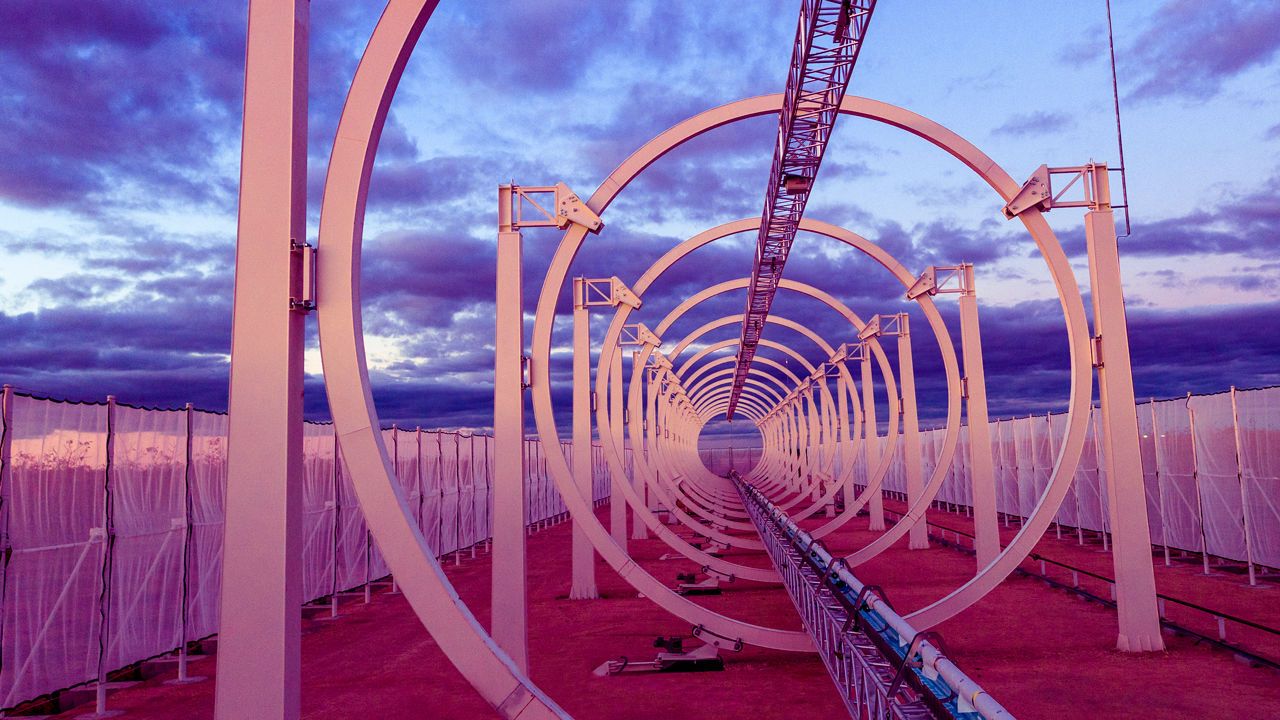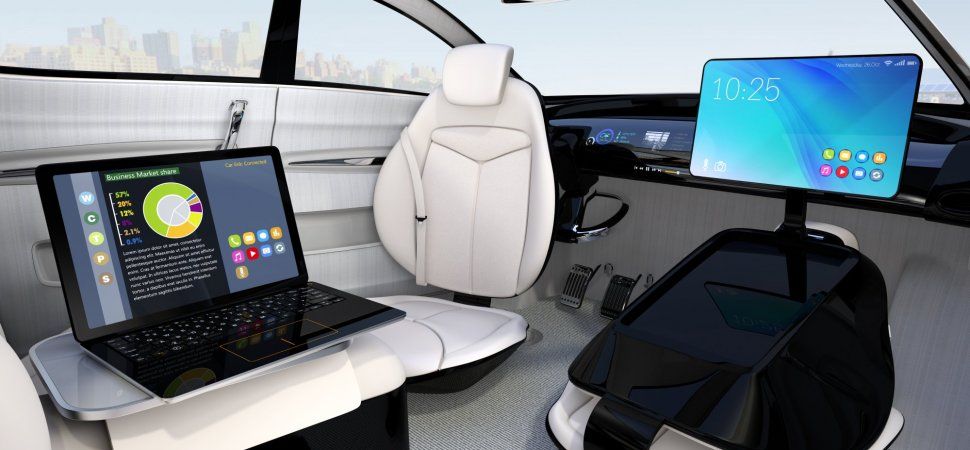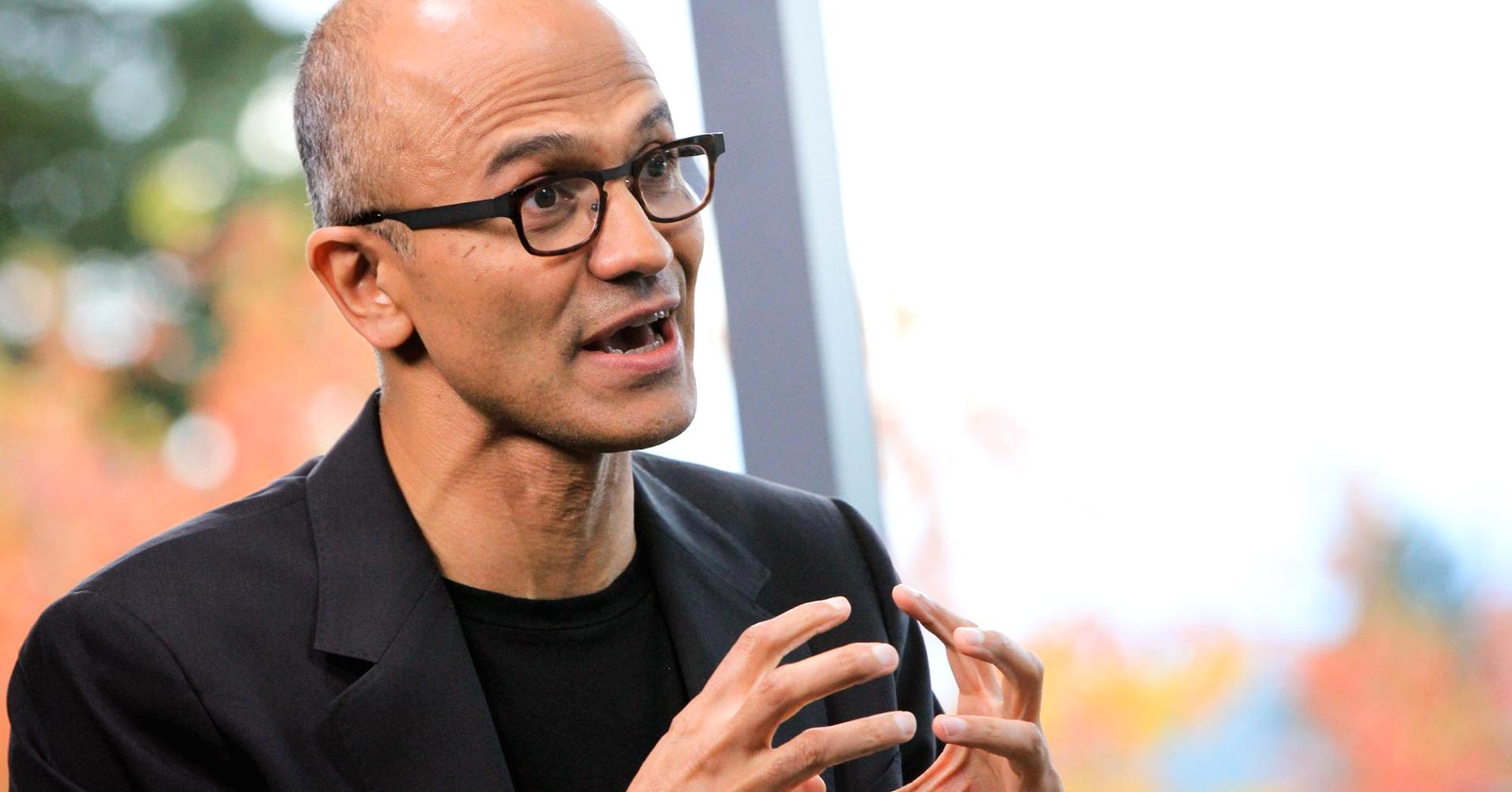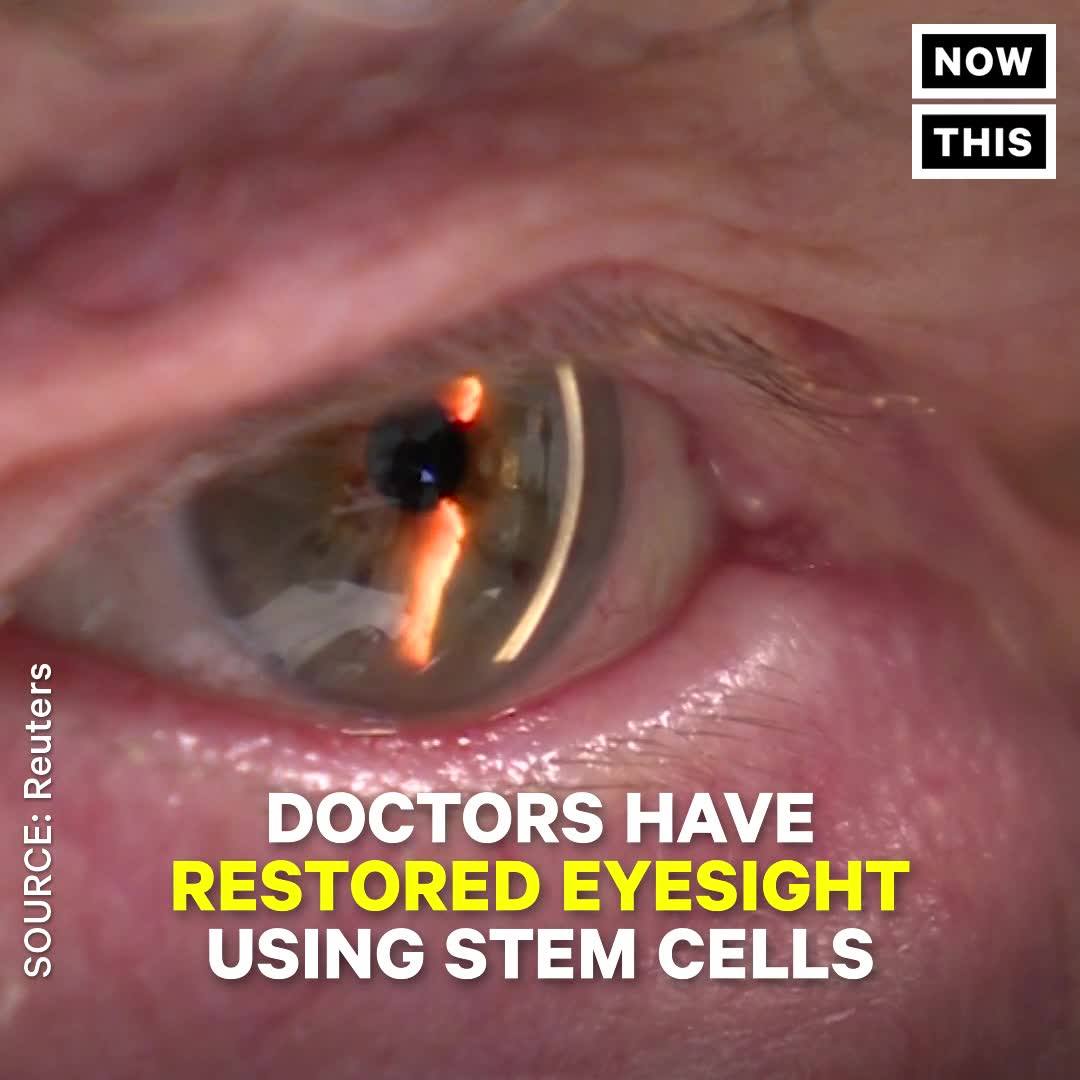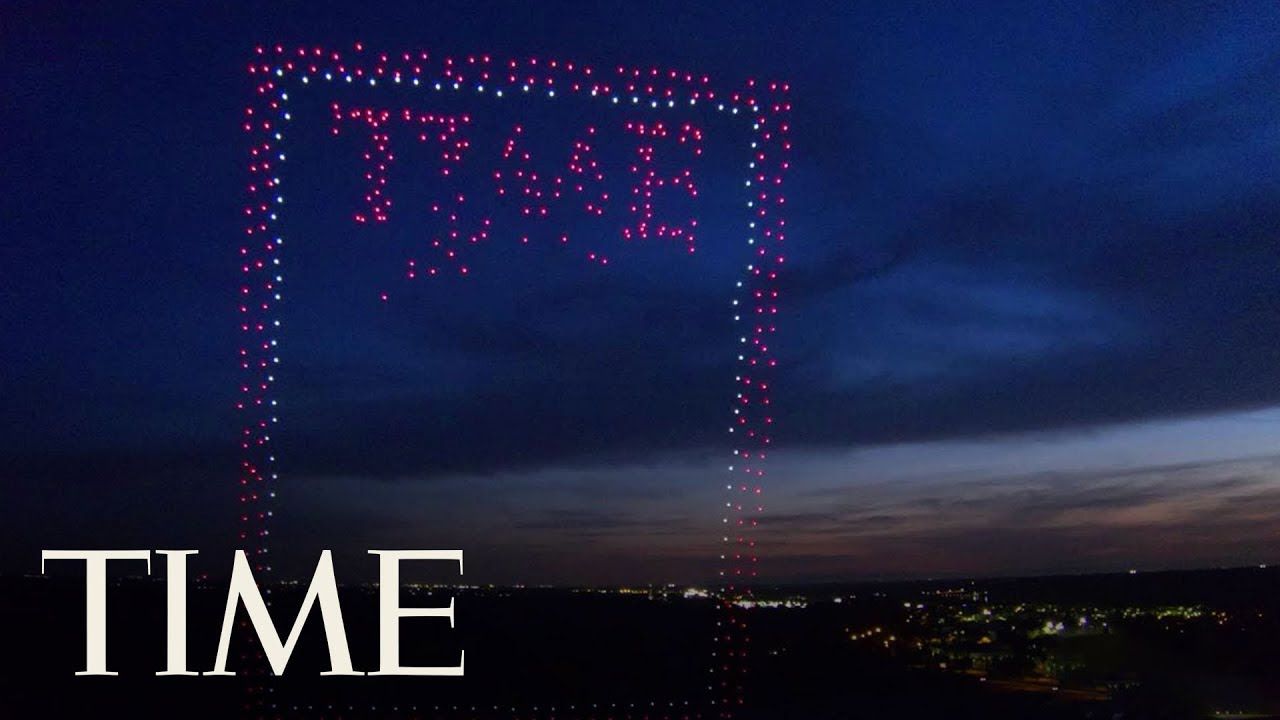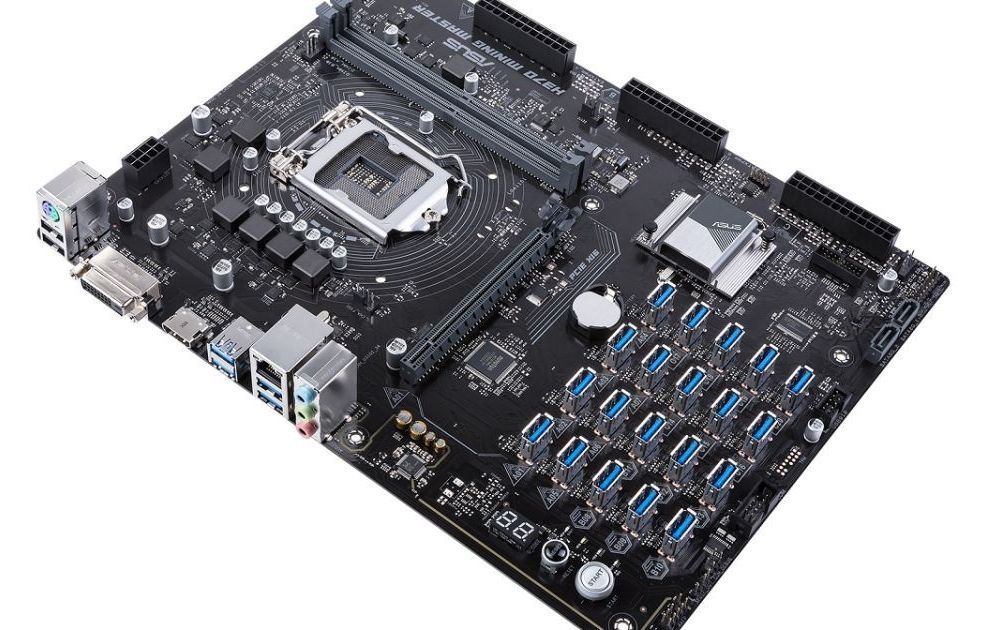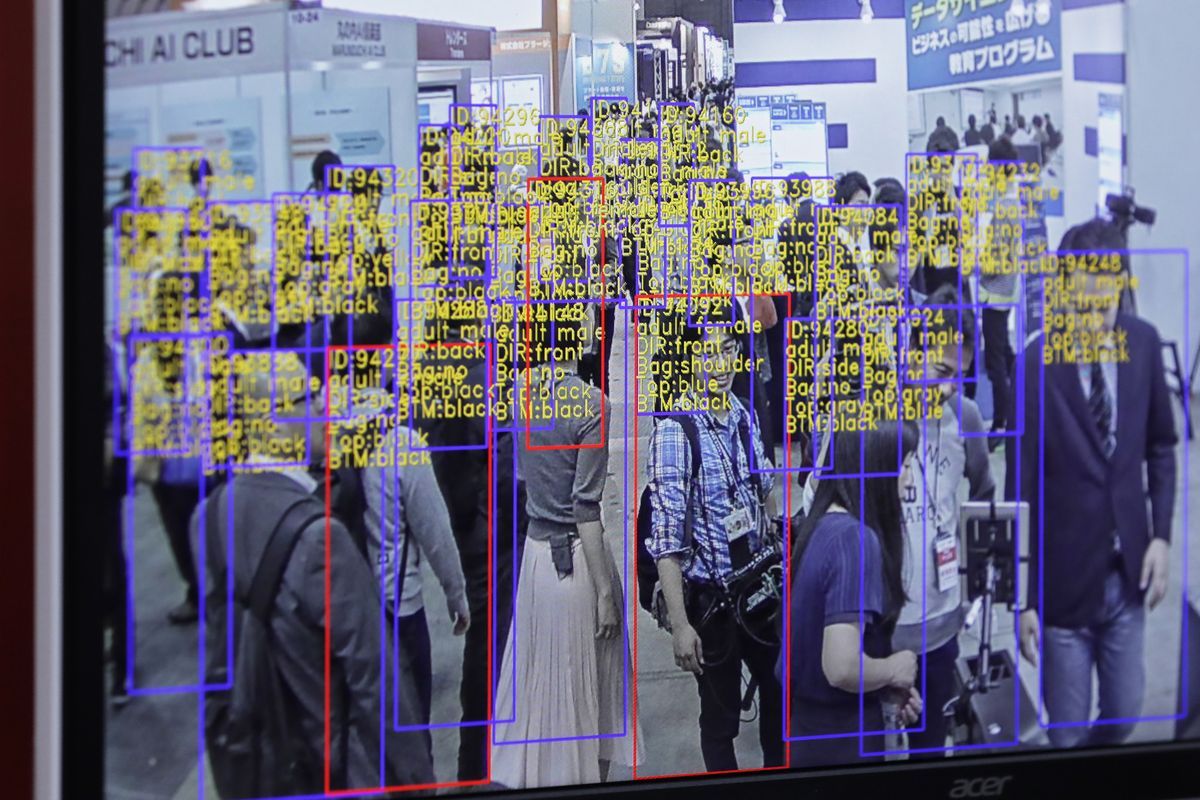SpaceX CEO Elon Musk has responded to Boeing CEO Dennis Muilenburg’s comments on whether his company, working in collaboration with NASA, could reach Mars first. The pair have ratcheted up the competition, with plans to test the BFR and Space Launch System next year.
Forget zombies or killer robots – the most likely doomsday scenario in the near future is the threat of superbugs. Bacteria are evolving resistance to our best antibiotics at an alarming rate, so developing new ones is a crucial area of study. Now, inspired by a natural molecule produced by marine microorganisms, researchers at North Carolina State University have synthesized a new compound that shows promising antibacterial properties against resistant bugs.
Decades of overuse and overprescription of antibiotics has led to more and more bacteria becoming resistant to them, and the situation is so dire that a recent report warned that they could be killing up to 10 million people a year by 2050. Worse still, the bugs seem to be on schedule, with the ECDC reporting that our last line of defense has already begun to fail in large numbers.
Next week’s proposals are unlikely to contain major surprises, because the commission has unveiled its main ideas over the past months, in particular its overall 7-year budget plan, issued on 2 May. Although Horizon Europe will keep Horizon 2020’s main features, the commission has laid the groundwork for several novelties, including a new agency to tackle the continent’s perennial innovation problem and a big, separate push on collaborative defense research. But contentious negotiations lie ahead. The United Kingdom is negotiating the terms of its impending exit from the European Union, and some member states want to tighten budgets. Meanwhile, research advocates want more generous spending, noting the low application success rates in Horizon 2020—a frustrating 11.9% so far.
Commission seeks €97.6 billion for “Horizon Europe”.
TIME magazine’s latest issue is a special report on the rapid explosion of drones in our culture. For the cover photo, TIME recreated its iconic logo and red border using 958 illuminated drones hovering in the sky. It’s the first-ever TIME cover captured with a camera drone.
To create the photo, TIME partnered with Intel’s Drone Light Show team (which creates beautiful sky displays using hundreds of drones at a time) and Astraeus Aerial Cinema Systems to fly and capture (respectively) the 958 drones above Folsom, California (where Intel has a campus).
The project was one of the biggest drone shows ever done in the United States — it’s a display measuring 100 meters (~328 feet) tall:
ASUS is moving further into the cryptocurrency hardware market with a motherboard that can support up to 20 graphics cards, which are typically used for mining. The H370 Mining Master uses PCIe-over-USB ports for what ASUS says is sturdier, simpler connectivity than other mining-focused motherboards.
You can manage each port and graphics card with on-board diagnostics. One feature scans your system when you boot up to determine the status of each port, while there are onboard LEDs that signify a problem with components such as memory or the processor (there’s space for an Intel 8th-gen Core CPU). ASUS has added some other features to optimize mining as well.
The H370 Mining Master follows last year’s B250 Mining Expert, which had room for 19 CPUs via PCIe ports. ASUS says that board had far more sales than it expected, which prompted the company to keep traveling down the crypto road and evolve its mining-tailored motherboards. The latest board will ship later this year, though ASUS has yet to announce pricing. You might need to fork over several Ethereum coins to buy enough graphics cards for all those spaces, though.


